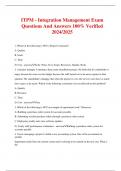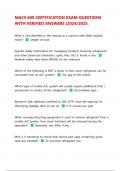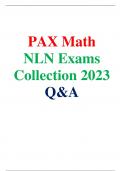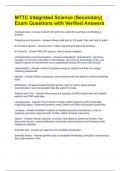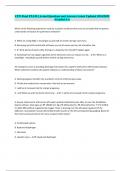Notes de cours
All lectures and articles of Youth Culture in a Digital World (2022/2023)
- Cours
- Établissement
This document contains all the eight lectures of this subject. It also contains all the articles that have to be read. Includes a nice index and is very clear.
[Montrer plus]




